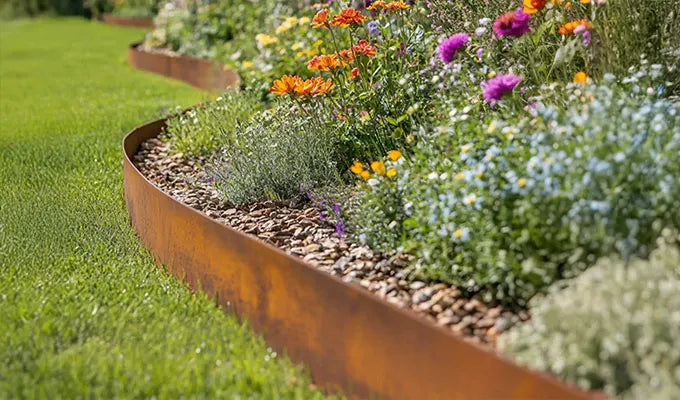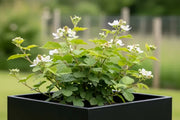The Hazelnut Tree: A Comprehensive Guide
The hazelnut tree, scientifically known as Corylus avellana, is a familiar and cherished sight across the British Isles. Native to the UK, it is a quintessential part of our hedgerows, woodlands, and even gardens, perfectly suited to the temperate English climate and diverse landscapes. These versatile trees, or large shrubs, offer both ornamental beauty and a delicious harvest, making them a superb choice for gardeners nationwide.
Thriving in a wide range of soil types, hazelnuts are remarkably unfussy, though they do prefer well-drained soil and a position in full sun to partial shade. They are robust and tolerant of cold snaps, making them well-suited to British winters. While they can grow into substantial bushes, their manageable size and readiness to respond to pruning make them adaptable for various garden settings, from extensive country estates to more compact urban plots.
When establishing a hazelnut tree, planting a bare-root sapling during the dormant season (late autumn to early spring) is often the most cost-effective and successful method. Dig a hole twice as wide as the root ball and just as deep, ensuring the root collar is level with the soil surface. Backfill with soil, firming gently, and water thoroughly. For optimal nut production, it's generally advisable to plant at least two different varieties to ensure good cross-pollination, even if a chosen variety is described as self-fertile. Pruning usually involves removing suckers from the base and any dead, damaged, or crossing branches to maintain an open structure and encourage fruit production. Regular watering is crucial during dry spells, especially for young trees.
Hazelnut trees can indeed be grown successfully in planters, provided you select the right variety and provide adequate care. For container growing, consider more compact or dwarf cultivars, or be prepared to implement rigorous pruning to control their size. Choose a large, sturdy pot with excellent drainage holes, preferably around 50-60 litres in volume, to accommodate the root system. Use a good quality, loam-based potting compost mixed with some grit for improved drainage. Container-grown hazelnuts will require more frequent watering than those in the ground, especially during warm, dry periods, and regular feeding with a balanced liquid fertiliser throughout the growing season to compensate for nutrient depletion in the confined space. Repotting every few years into a slightly larger container or root pruning and refreshing the compost will also be beneficial.
The flowering of the hazelnut tree is one of the earliest signs of spring, often occurring in late winter, typically from January to March, before the leaves emerge. The male flowers appear as decorative, yellow, pendulous catkins that release pollen into the wind. The tiny, inconspicuous female flowers are small red tufts, usually found on the same tree. Fertilisation occurs via wind, so insects are not required. Following successful pollination, the nuts begin to develop, maturing through the summer. The hazelnut fruits are ready for harvest from late August through to October. You'll know they are ripe when their green husks begin to yellow and the nuts inside can be easily removed. A gentle shake of the branch can help dislodge ready nuts, or you can wait for them to drop naturally to the ground.





















